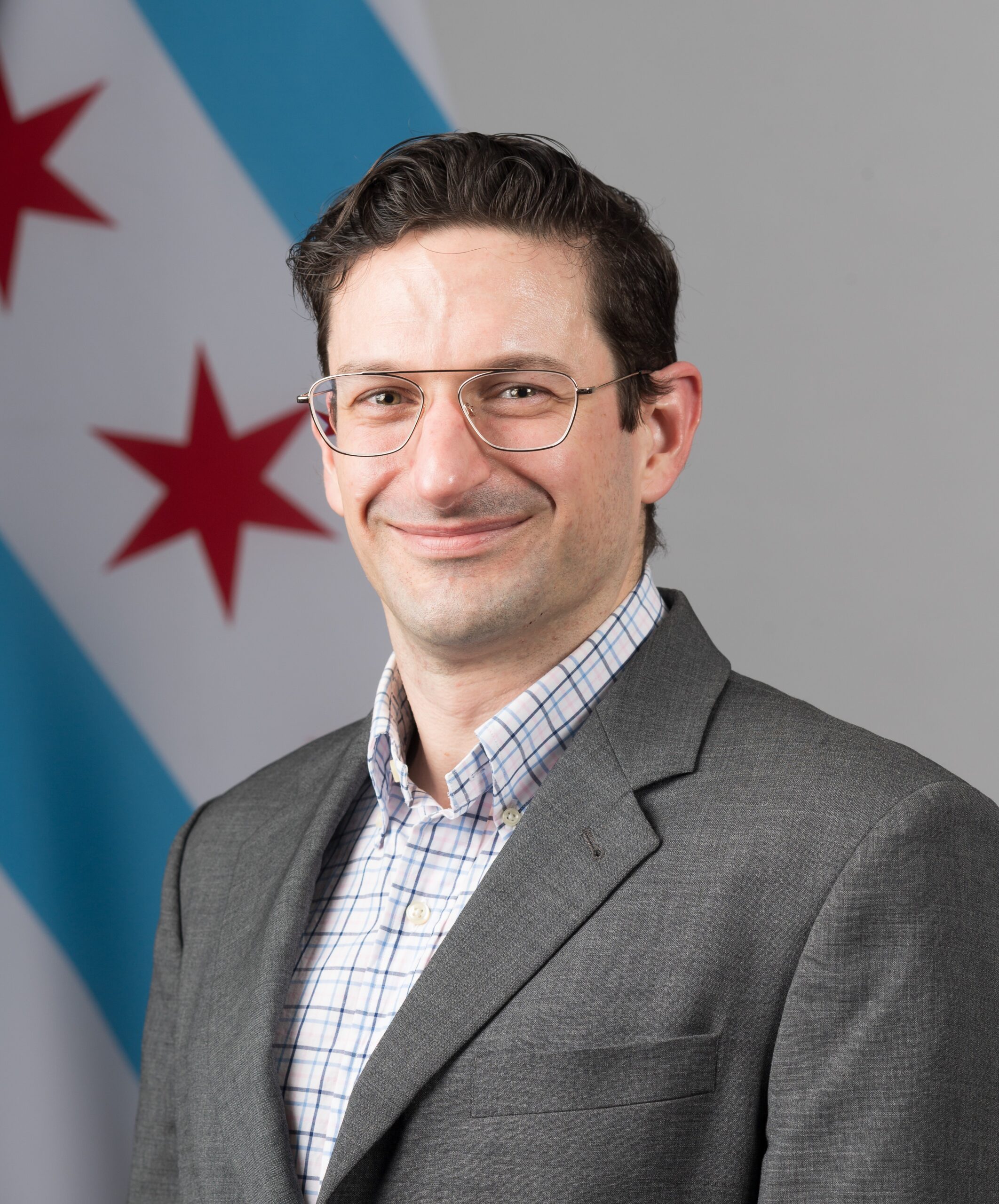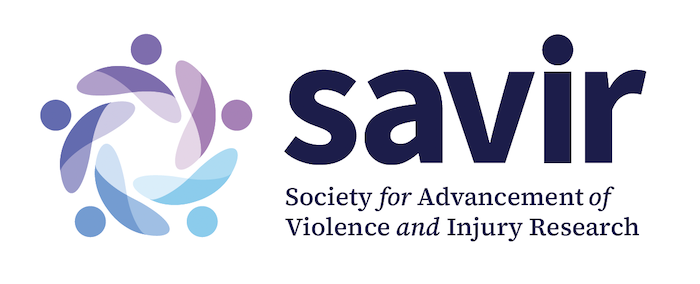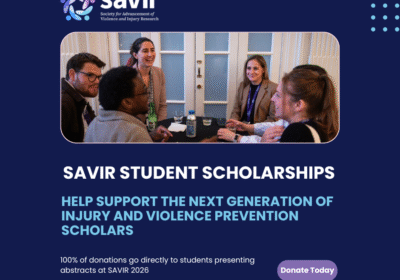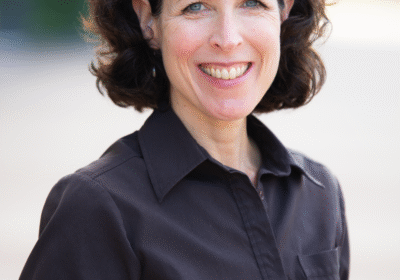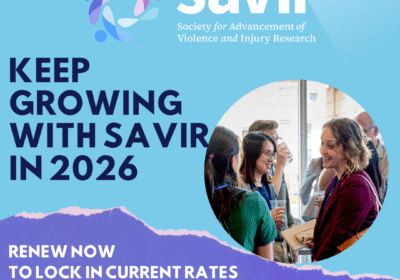Tell us about your areas of interest within injury and violence prevention. Why did you decide to pursue a career in this field?
No matter the topic within violence and injury prevention, I am motivated by the question, “How do we best find an answer to this problem?” Sometimes the route for data collection and management is complex, and analysis requires sophisticated modeling. I have enjoyed the opportunity in my career to make complex models of overdoses, gun violence, and occupational safety. This method’s flexibility has allowed me to go beyond my academic training into areas such as sports injury, criminology, health economics, and health services research. But in my current role with the City of Chicago, our analyses of gun violence, overdose, and mental health care are mainly descriptive. So I work with my staff to refine our data collection and question the validity of any data we are receiving. Our task is then to convey this information in a straightforward, concise manner to City leadership and the citizens of Chicago while maintaining the highest levels of data quality.
How long have you been a member of SAVIR? What has been your favorite part about being involved with SAVIR?
I joined SAVIR as a student around 2012. I have been a member, with maybe 1 year off, since that time. My favorite aspect of SAVIR is the amazing mentoring that I have. It started when I was matched in the student mentee program with Dr. Deb Houry as I was finishing my PhD and beginning my postdoc. Beyond that, I always felt that SAVIR members were willing to listen if I had questions about my career path. Now when I am at SAVIR meetings, people are seeking me out as a mentor. So, I am sure to pay that mentoring experience forward to the next generation of SAVIR scholars.
What has been the most rewarding aspect of your career so far?
Working on projects that have practical applications to public health. When I was working as a statistician on the national opioid litigation, my calculation of the master settlement distribution to local governments was accepted by the Federal court in Cleveland. When I was working for the Massachusetts Medicaid agency, I created a standardized statistical method for the analysis of racial and ethic differences in healthcare outcomes.
What do you like to do in your free time?
I run, play ultimate Frisbee, and read. And it’s hard to beat summer around town in Chicago.
